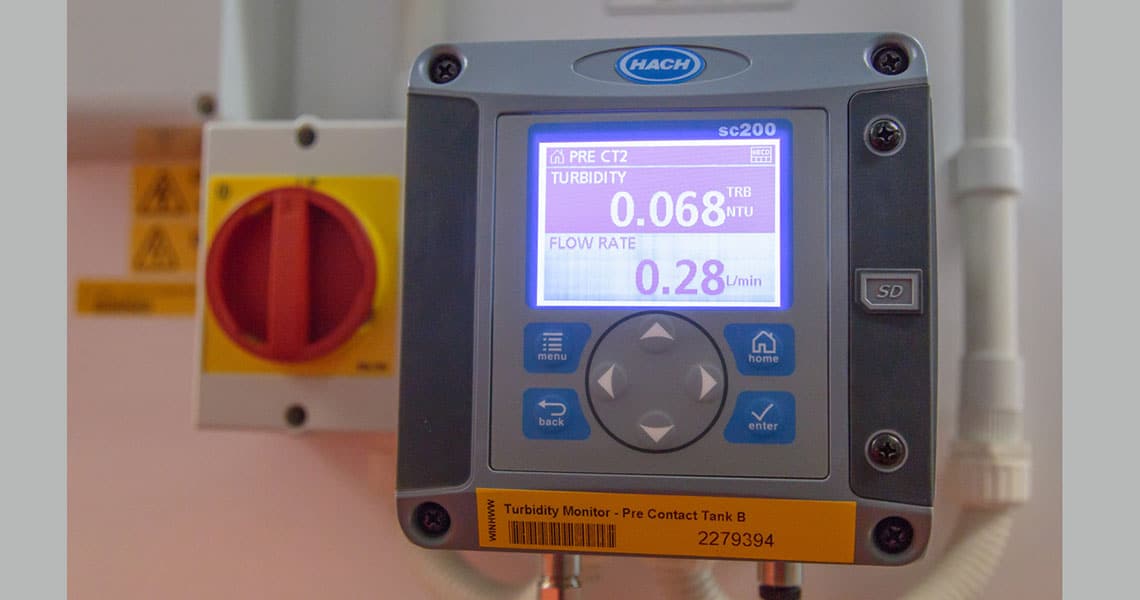Disruptive Technology for Water: Digital Water

The UK Water Partnership has pointed out that the world ‘faces an unprecedented combination of water security and resilience challenges.’ In the first of four blog posts, Matt Hale, HRS’s International Sales & Marketing Director, looks at some of the issues surrounding this area of the market.
These issues include population growth, increasing urbanisation, a decline in traditional sources of water, and water scarcity driven by climate change. Globally the United Nations estimate that some 3.6 billion people (almost half the world’s population) currently live in areas that are vulnerable to water scarcity and that almost 2 billion people could suffer water shortages by 2025.
In order to overcome these challenges, the water sector needs to adopt new technologies and ways of working, many of which may be seen as disruptive when compared to traditional methods of water supply and wastewater treatment. Around the world a number of disruptive technologies which could have widespread positive impacts in the water industry have been identified, including digital technologies and ‘digital water.’
According to the UK Water Partnership, ‘Digital thinking will impact every aspect of water, from management of sources, treatment technology and efficiency, consumption and customer engagement, through to re-use, collection and recovery of economically and environmentally important resources.’
With the ‘smart’ water market has been estimated at $30 billion globally¹, it is no surprise that exploiting data to improve insight and decision making and using that insight to improve process and efficiency is a key priority for managers. The monitoring and optimisation of wastewater treatment and sewer and sewage monitoring have both been identified as opportunities where water and sludge treatment technologies can be updated and improved. HRS already offers remote telemetry and digital monitoring of its systems, a feature which is becoming more and more important to clients around the world.
By 2025, about 80% of utilities in large cities of advanced countries and half of the utilities in large cities of developing countries are expected to have water supply systems which incorporate digital water features like advanced metering³. Another area of development is using satellite data to monitor catchments and water distribution systems, and it is reported that such systems can identify leaks as small as 100 ml/min.
However, digital water requires a whole-system approach and will not reach its full potential if only a few isolated smart systems are introduced. To truly delivery savings in water use and energy, water companies have to completely digitise their supply chains and wastewater infrastructure, deploying sensors in the field and using electronic flow meters throughout the system, including at a customer level. One of the key potential benefits of increased digitisation in the water sector, as well as reduced water use and improved demand balancing, is reduced energy use through improved efficiency.
² See: Voutchkov, N.: Disruptive Innovation in the Water Sector. https://thesolutionsjournal.com/2020/05/14/disruptive-innovation-water-sector/
³ McKinsey Global Institute: Smart Cities: Digital Solutions for a More Liveable Future. https://tinyurl.com/y4nexe4t
Linked Articles: